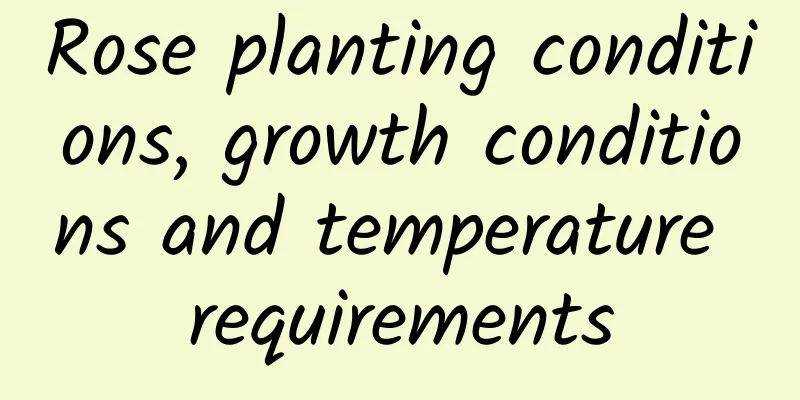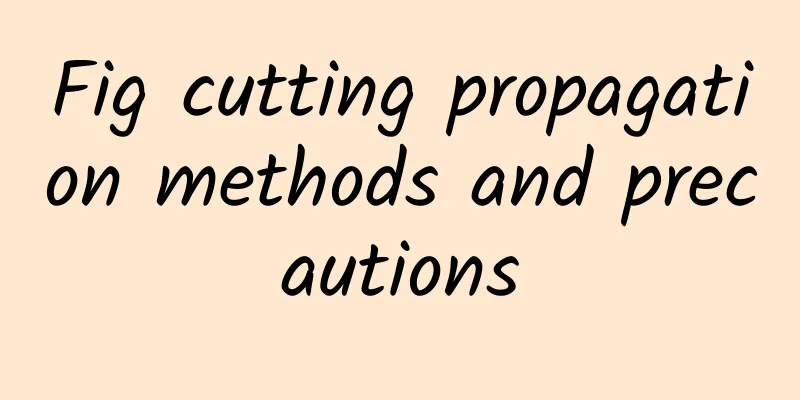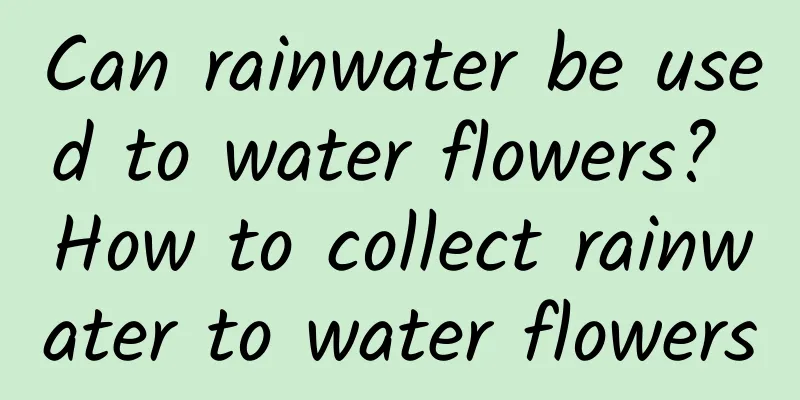Iris cultivation methods and precautions

Soil requirementsIrises do not have high requirements for the environment. You can plant it in spring or autumn. Iris does not have high requirements for soil as long as it has good drainage and maintains a certain humidity. For some irises with a short growth cycle, good soil is a must. If you have heavy soil, adding some peat, vermiculite, or coarse sand to mix it in can improve the soil. Greenhouse controlThe soil temperature is very important. The minimum temperature should be controlled at 5~8℃ and the maximum should not exceed 20 degrees Celsius. The temperature of the soil will affect the emergence of irises. The optimal temperature is between 16~18℃. The optimal temperature for growing irises in a greenhouse is 15°C. The temperature in the greenhouse was maintained at 18°C for the first three weeks or so. 13℃ or lower temperature that is acceptable to irises will extend their growth period and increase their weight, but the flowers will easily wilt. In autumn, the greenhouse must have sufficient light and the temperature should be lower to prevent the flowers from withering. It is best at 10~13℃. Consider pruning leaves during the plant's growth stage. The average temperature during the day and night is between 20 and 23 degrees Celsius, and the low temperature is within the acceptable range for irises. High temperature and lack of sunlight are important reasons for flower withering. In some areas prone to natural disasters such as frost, the cultivation process is best carried out in a greenhouse. The growing temperature is better at night. Greenhouses without temperature control should be closed early to allow nighttime temperatures to be more suitable for iris growth. Ventilate the room early during the day to prevent the temperature from exceeding 18°C and damaging the irises. Blocking sunlight is one way to control temperature, but an appropriate amount of light must still be maintained. Drainage requirementsEquipped with a good drainage system, water can be more fully utilized in the soil. This can also solve the problem of salt accumulation caused by lack of water. Fertilization tipsFertilizing before planting irises will cause the root growth of irises to be slow. Simply put, fertilization should be adapted to local conditions. Different fertilizers are suitable for different lands. Iris cannot use phosphorus fertilizers and triphosphate fertilizers. Diphosphate fertilizers can be used. Weed removalIt takes eight to twelve weeks for irises to grow. After the soil has been treated during this period, there is no need to worry about weeding during the growth of the irises. After irises are planted, herbicides are generally used to remove weeds. But be careful not to damage the iris. Bulb storageThe bulb storage temperature must be at 30°C, and cut flower bulbs must be planted immediately. If not planted immediately, it should be stored at a suitable temperature. The temperature must meet the growth requirements of the bulbs, and the temperature must be adjusted frequently to ensure the growth of the bulbs. The best option is to keep the temperature at 2°C for no more than 2 to 3 weeks. Storage temperatures above 2°C will prolong the handling time and have an adverse effect on flowering. Place the bulb in the bottom of an empty container. The storage temperature should be kept at 2℃ to maintain good ventilation. The bulbs are not suitable for long-term storage. Too long storage time is not conducive to the future growth of stems and leaves, and they are also prone to infection by Penicillium. It is important to keep irises adequately watered during the planting period for cut flowers. Keep the soil moist a few days before planting to ensure rapid root growth in the early stages and prevent the roots from being damaged during planting. It is more appropriate to use cold water when the soil temperature is too high. If the soil temperature is high, the bulbs will grow very quickly and the quality of the cut flowers will be poor. It is better to choose a place with low soil temperature when planting. When summer comes, covering the ground with insulating materials can prevent excessive sunlight radiation. |
<<: When does Epiphyllum bloom?
>>: Cultivation methods and precautions of bicolor jasmine
Recommend
Diseases and pests of succulent Thor and their control
Thunder God Pests: Scale Insects Symptoms of harm...
How to grow spathiphyllum
1. Breeding methods 1. Substrate: The requirement...
The purification effect of Golden Diamond is like a "vacuum cleaner", and the more you grow the leaves, the more shiny they will become!
At this time, we might as well consider placing a...
Planting method and time of kohlrabi, sowing and seedling raising technology
The best time to plant kohlrabi Kohlrabi is a pla...
Can Schefflera be hydroponically cultivated?
Can Schefflera be hydroponically cultivated? Sche...
How to hydroponically cultivate Schefflera arborvitae? Is hydroponics or soil cultivation better?
1. How to hydroponically cultivate 1. Rooting of ...
Industrial pepper planting technology and management
Industrial peppers are a type of pepper with a ve...
How many days does it take for chives to germinate? How many days does it take for chives to germinate after sowing?
How long does it take for chives to germinate? If...
Hydroponic method of purple bamboo plum
Hydroponics steps 1. First prepare a glass bottle...
Several mushrooms suitable for winter cultivation
Oyster mushrooms Oyster mushroom is also called b...
Cultivation methods and precautions of Osmanthus fragrans
Pot soil Osmanthus prefers slightly acidic, well-...
What to do if the orchid seedlings are weak (introduction to the method of rejuvenation of introduced seedlings)
1. Precautions for introduction When introducing ...
When is the best time to transplant beech trees? (Transplantation time and maintenance methods for beech trees)
The root system of the beech tree is slender and ...
When is the best time to top the Kalanchoe (which month is the best time to top the Kalanchoe)
The Kalanchoe is worthy of its name, it is really...
Loofah Planting Methods and Techniques
Luffa is popular for its strong environmental ada...









